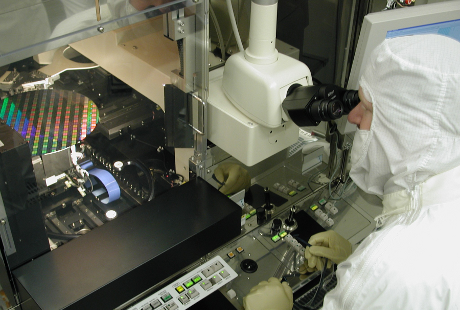Intel's continued failure to adapt to the mobile era of computing was evident in a 2% drop in revenue for the first quarter of 2013.
The chipmaker's revenue for the quarter was $12.6 billion, down 2.3% from $12.9 bllion in the same quarter of last year.
Sales by the company's PC client group, which sells chips for desktop computers, notebooks and wireless connectivity products, fell 6% year-on-year to $8 billion. "PC client volumes were down seasonally in the first quarter, consistent with our expectations," said Intel CFO Stacy Smith on a conference call with analysts.
Perhaps more worrying, though, was the fact that its Architecture division, which includes its Atom range of low-power, mobile chips, also saw revenues drop, by 9% to $1 billion.
Data centre sales, meanwhile, rose 7.5% year-on-year to $2.6 billion, which Smith said was the result of "significant growth in both the cloud and high-performance computing segments of the market" on a conference call with analysts.
Profit for the quarter dropped 25% in the quarter, down to $2 billion. Intel's operating costs rose 2% even as revenues plunged.
CFO Smith insisted that Intel's forthcoming Haswell chip will enable "a new wave of ultra-sleek designs across multiple form factors by our customers.
"We believe the combination of an improving macroeconomic environment, Haswell coming to the market; ultramobile form factors like ultrabooks, convertibles, and tablets; and touch-enabled devices leads to a return to growth in the second half of the year."
That said, Intel has predicted "low single-digit growth" for the full 2013 financial year.
Intel CEO Paul Otellini is stepping down next month. The company has yet to provide any indication who his replacement, whose job will be to reposition the company for the post-PC era, might be.










